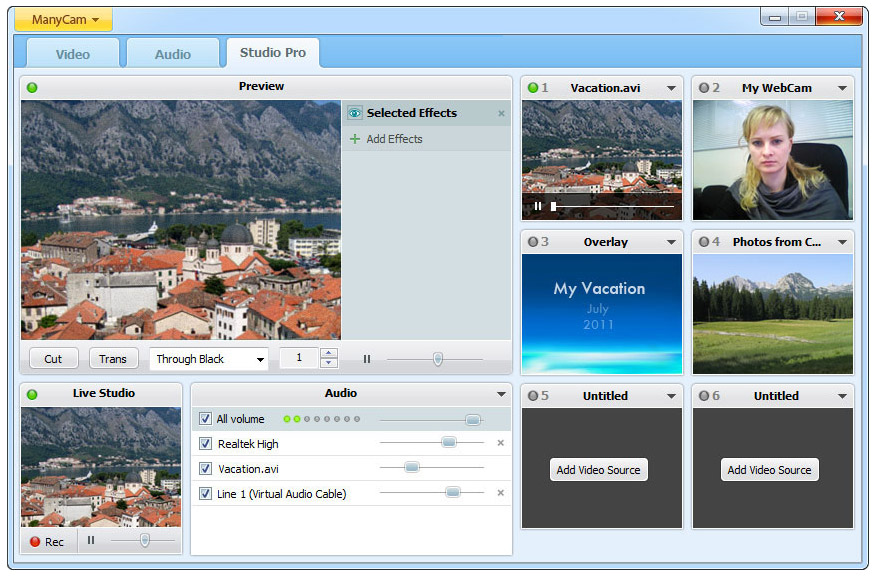
I believe that stop-motion master animator Nick Hilligoss (sometimes seen on this forum) uses TVPaint that way. TVPaint's tools have so many advantages to offer. to adjust the colors and image quality if needed, then export the image captures as a PNG image sequence to an NLE program to do the final editing. Then use TVPaint to make timing adjustments, do digital paint-outs of stop-motion rigging /wires, use the FX Stack Histogram, Color Adjust, etc. captures from the DSLR's memory card into TVPaint on a new layer over top of the webcam captures (which can be deleted at that point or kept as a hidden layer for reference). Īfter the scene is animated, transfer the high-res. images, with a webcam mounted parallel to the DSLR to provide live video feed to TVPaint (to take advantage of the MIX /onion-skinning function for animating). I think it could be done, using a Canon DSLR to capture high-res.


(I'm just telling if you plan to make a feature film in stop-motion using TVPaint, it's maybe not the best solution.) motion.php" onclick="window.open(this.href) return false ion-camera" onclick="window.open(this.href) return false Įlodie, I'm surprised to read you say that, because of what's posted on the website: But it says it is both Windows and OSX compatible, so it should work fine with TVPaint:
#Manycam dslr manual#
This camera also looks like it would work well, because it has manual focus and manual exposure, but I haven't tried it out yet with TVPaint. " onclick="window.open(this.href) return false For Windows users the Logitech webcam software will control the exposure and focus. iGlasses will let you manually set exposure and focus on the Logitech webcam. If you're on Mac you should also get a webcam control software called iGlasses to run the webcam through (then select "iGlasses" as the video input source in TVPaint).

For stop-motion frame capture the Logitech C920 or C930e HD webcams work well.


 0 kommentar(er)
0 kommentar(er)
